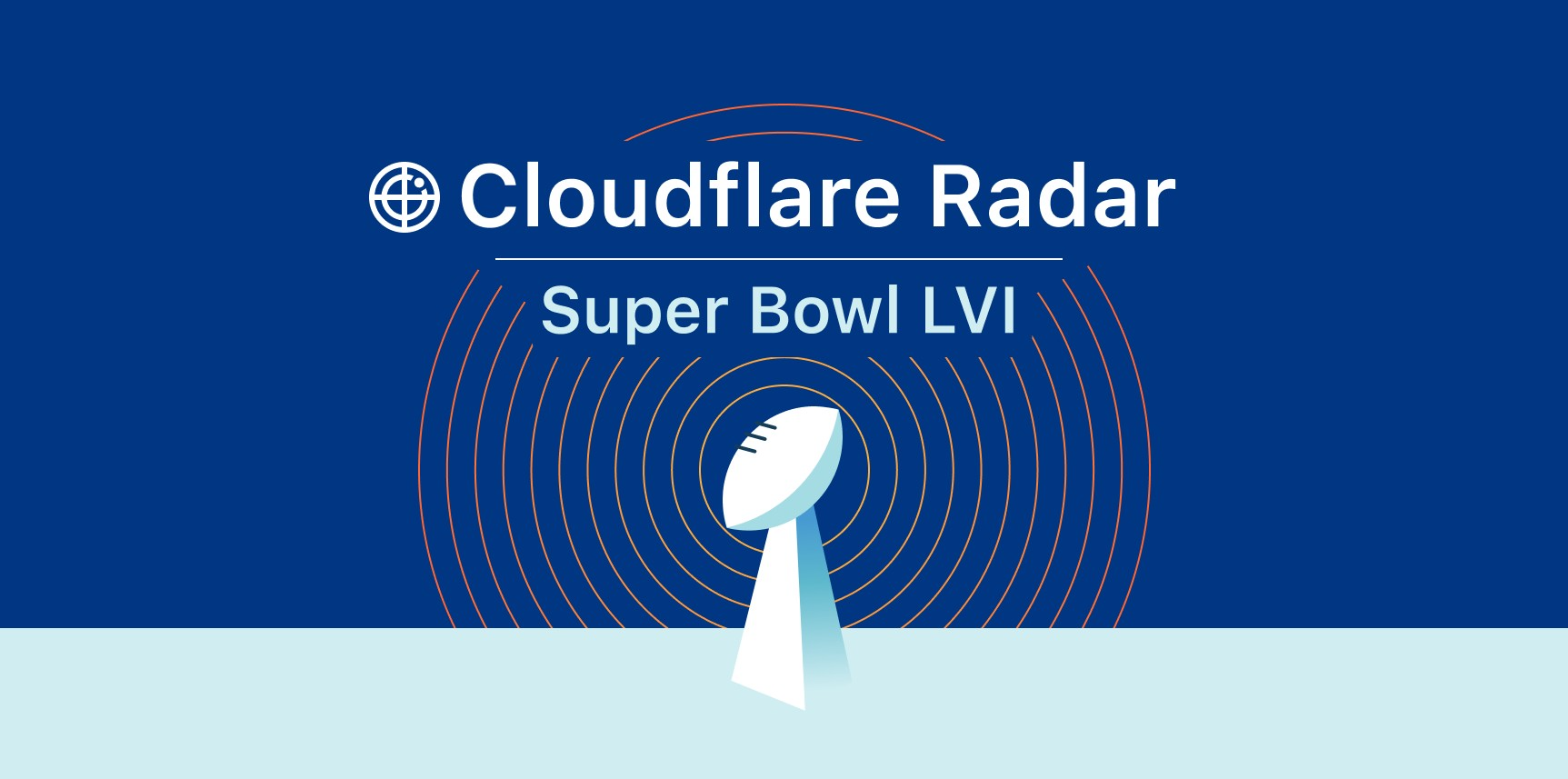F5 integrates security for multi-cloud app protection.
F5 Networks has rolled out an integrated, cloud-based security platform and services aimed at protecting widely distributed enterprise applications.The company used its Agility conference this week to introduce its overarching Distributed Cloud Services platform, which will bring together security technologies from recent acquisitions, including Threat Stack, Volterra, and Shape Security, plus its own web-application firewall and other components to offer an integrated, secure, distributed application-management platform for on-prem or cloud deployment.How to build a hybrid-cloud strategy “Modernizing apps includes transformational actions such as leveraging microservices, using multiple clouds and edge locations instead of a single cloud provider, and utilizing API-based communication to connect workloads and data,” wrote Haiyan Song, executive vice president and general manager of F5’s Security & Distributed Cloud Product Group in a blog about the new services.To read this article in full, please click here






